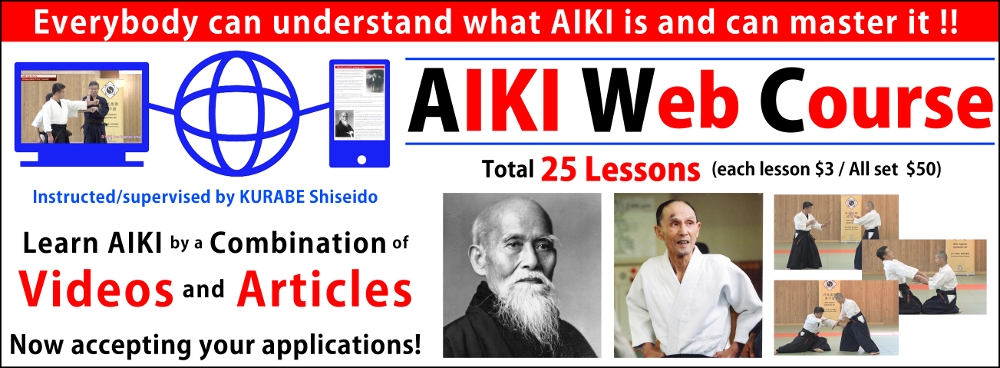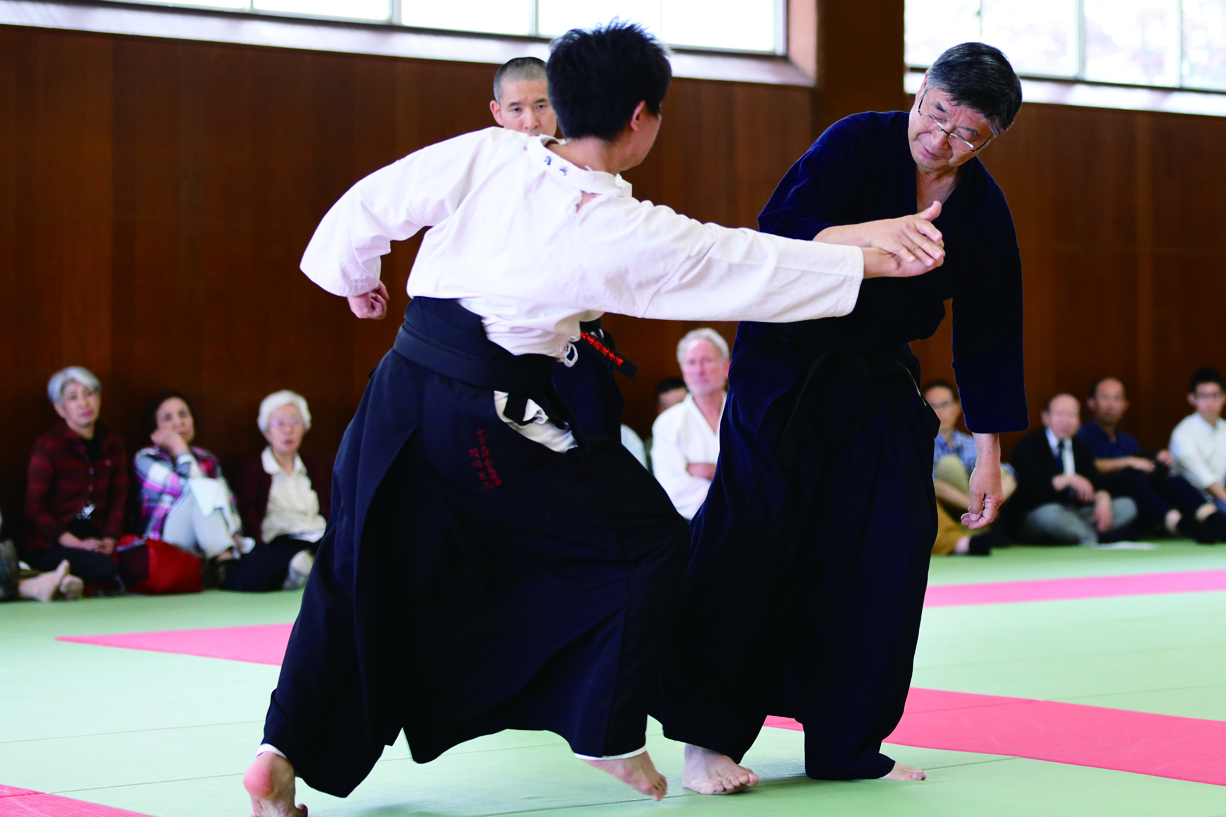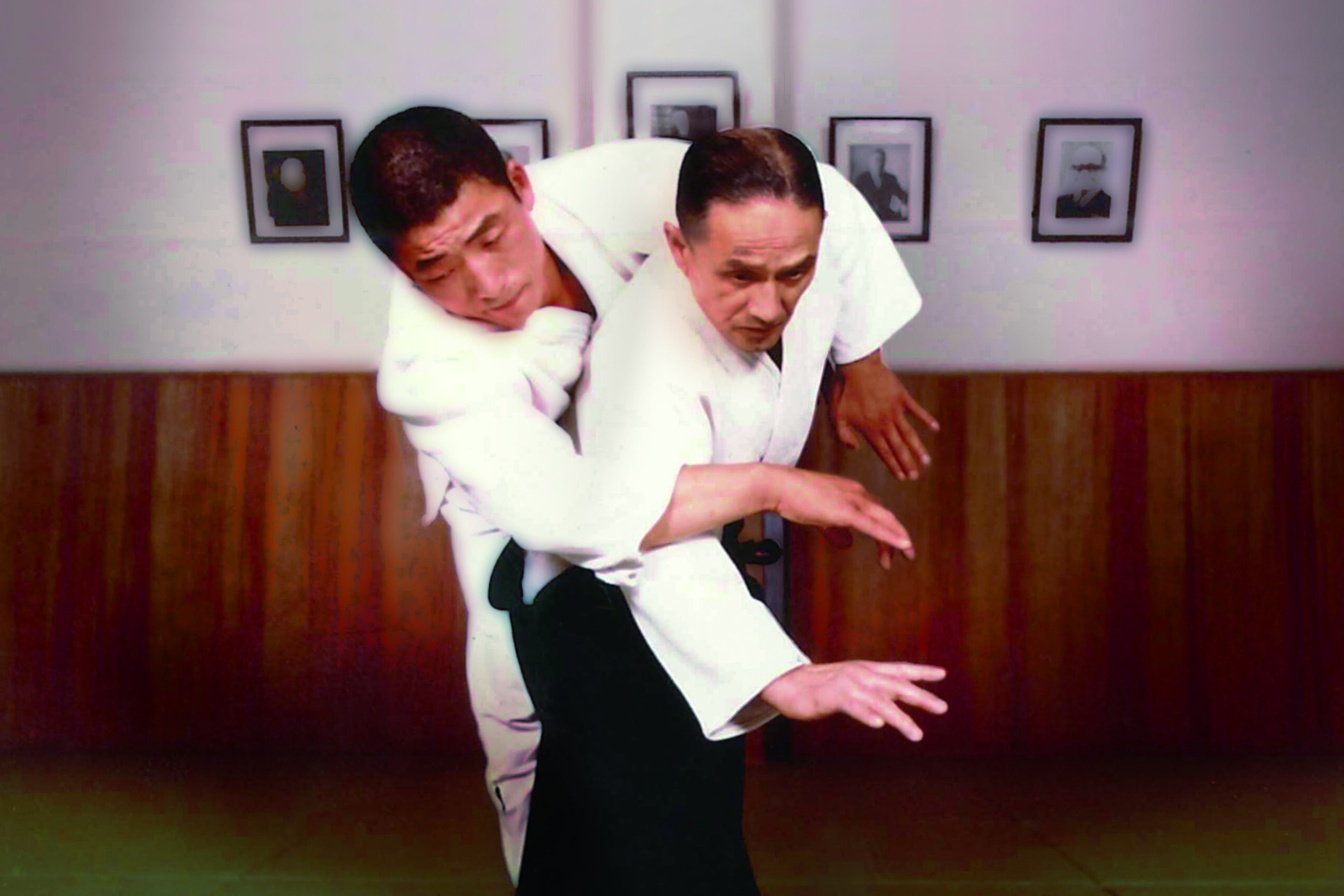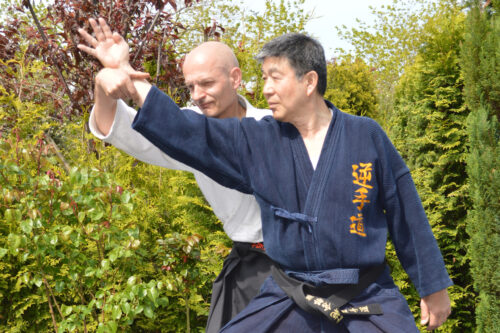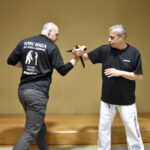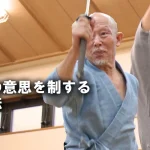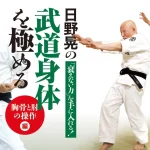» At the starting of AIKI Web Course
【AIKI Web Course Part 1】
Knowledge of AIKI Series 6「How AIKI Works」
 In the previous Series 1, I already defined AIKI as the following.
In the previous Series 1, I already defined AIKI as the following.
“The human brain has an OS (operation system) that controls the muscles, and it is updated based on the experience accumulated with age. The phenomenon of AIKI is that one becomes in a situation that he, i.e. his brain cannot control his own muscles in the same way computer goes out of control by being infected with a virus.”
According to this definition, all the techniques of AIKI that have been published by various people can be explained. The difference in the method of “providing stimulation from the outside” here is nothing but the “definition” of AIKI that has been explained in various ways in the past.
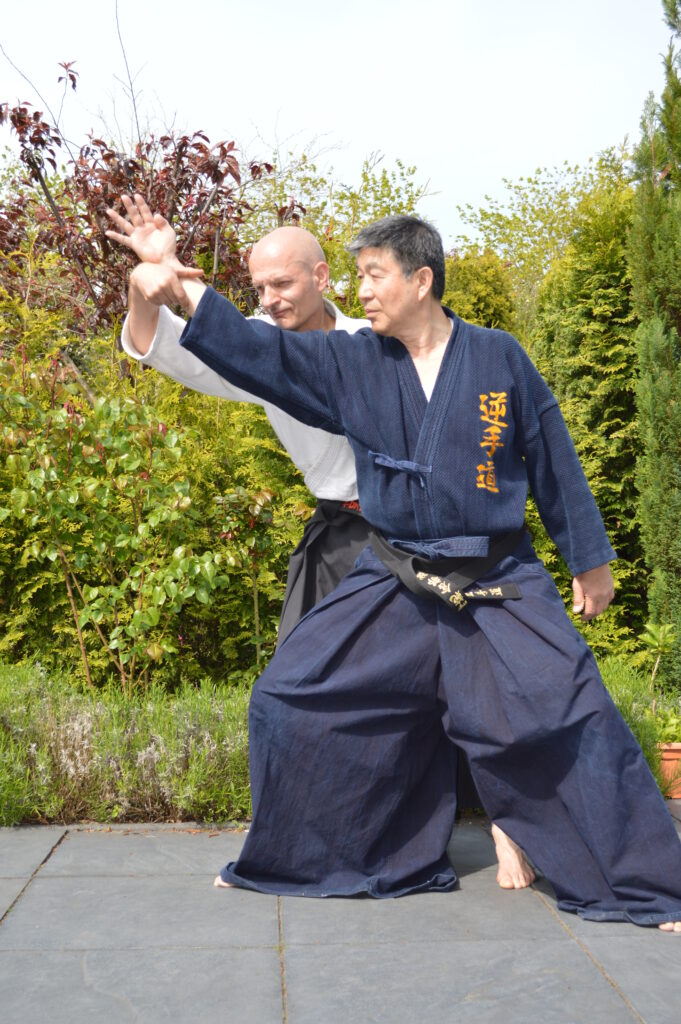 Now I would like to verify that this definition is proper.
Now I would like to verify that this definition is proper.
1) First of all, the important point in AIKI is not to rely on physical force. Of course, there are methods that require a certain amount of force to apply, and methods such as the AIKI Mode, in which the low-frequency mode of the brain created by oneself is propagated to the other party to nullify the opponent’s muscle control. In extreme cases, some do not even require physical contact. However, what can be said in common with these is that the opponent falls into a state where he cannot resist the other’s intention to break or defeat him, and this is said to invalidate the muscle control from the opponent’s brain.
2) Secondly, the way the brain controls the muscles is “software”, which is overwritten and updated by experiences added with age. For example, there is a basic AIKI that uses the force in wave form to break the opponent, but this is difficult for small children to apply. As people grow up, they develop the notion that external forces do not act on the body in the form of waves. In other words, it is unexpected that an external force is applied in the form of a wave, and if a force is applied from the outside in the form of a wave, he will collapse while worrying about how to respond to it. However small children have not yet developed this concept, so they can react to an external force applied in the form of a wave. On the other hand, this AIKI is not effective for fishermen who are on a small boat all day long and are subject to the outer force in wave form, or elevator operating people who are subject to such force of going up and down in an elevator all day long.
Now, once again, let me summarize the definition and methods of AIKI.
Definition of AIKI
By applying a specific external stimulation to the opponent, regardless of contact or non-contact, the command system that controls the muscles of the opponent’s brain is disabled, making the opponent unable to resist and is collapsed. AIKI is such a technical system.
Methods for realizing AIKI
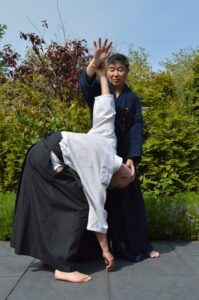 The method of giving stimulation to nullify the muscle control ability of the opponent’s brain is called the “method for realizing AIKI”.
The method of giving stimulation to nullify the muscle control ability of the opponent’s brain is called the “method for realizing AIKI”.
These include the following, in order from basic to more advanced (as far as I know, and this is not all).
(1) Waving Method
(2) Non-detectable Force Transfer Method
(3) Targeted Force Transfer Method
(4) AIKI Connection Method
(5) Skin AIKI Method
(6) Force Equilibrium Method
(7) Muscle Current Method
(8) AIKI Mode Method
Of these methods, (1), (2), (3), (4), and (6) will be explained in Part 2 of this course so that you can master them, including applied techniques. In addition, I plan to explain (5), (7), (8) and (6) of the remaining advanced part in detail in the AIKI Web Course Advanced Level, which will be a sequel to this course. There you will find a lot of fantastic and mysterious AIKI techniques. Please look forward to it.
Of course, there must be other methods that can realize AIKI. For example, in a DVD I watched recently, I found that the instructor always stands up on the sacrum when performing a technique. At first, I didn’t notice it, so I guessed that it must be using the “Force Equilibrium Method”, so I tried it myself, but it didn’t work. So, I guess there is a secret in the way he uses his sacrum. He explained how to do it on the DVD, but I didn’t rely on it from the beginning because it was too abstract and I couldn’t get it at all. I have translated a lot of AIKI DVDs into English, and there are almost no instructors who explain in a way that is understandable and can be practiced immediately after watching.
I would like to point out one more thing that many AIKI instructors misunderstand the way of realizing the method as “method” and explain it. To give an example, there are many ways to realize the method of the Non-detectable Force Transfer, such as “lifting an arm that has been grabbed as if scratching your itchy ear” or “raising a hand and arm with the intention of swinging up the wooden sword that is being gripped”. It’s just one of the ways but not the method. If you understand the method properly, you can find many ways to realize it, but if you regard one way to realize it as a “method”, there is no further development.
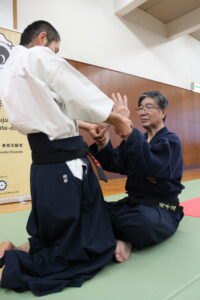 Furthermore, the definition should express the essence of the thing itself. For example, “Defeat the opponent without using force” or “It doesn’t depend on the speed of moving your muscles” is just one of many characteristics of AIKI and is different from the definition of AIKI.
Furthermore, the definition should express the essence of the thing itself. For example, “Defeat the opponent without using force” or “It doesn’t depend on the speed of moving your muscles” is just one of many characteristics of AIKI and is different from the definition of AIKI.
Since I did not study AIKI with a particular teacher, I am free to learn many different methods of AIKI and have no restrictions on teaching them to others. I have heard that some schools forbid the disclosure or teaching of the AIKI that has been learned to outsiders, and in such places, a written oath is required when entering the school. Whether or not you can master AIKI if you learn it in such a place is purely another matter. Being able to do AIKI and being enthusiastic about teaching it to students and others are two completely different things. It is a big mistake to expect that if you become a disciple of a famous AIKI master, you will be able to master AIKI techniques just because they perform excellent AIKI. As you have already understood, unlike other martial arts, AIKI cannot be mastered only by learning its movements. This is one of the main characteristics of AIKI, and one of the reasons why AIKI has not become popular until now.
In this course, I aim to clarify each method and enable all participants to be able to practice AIKI. Then, please look forward to the practical part, Web AIKI Course Part 2, which will follow right after this.
At the end of the introduction part
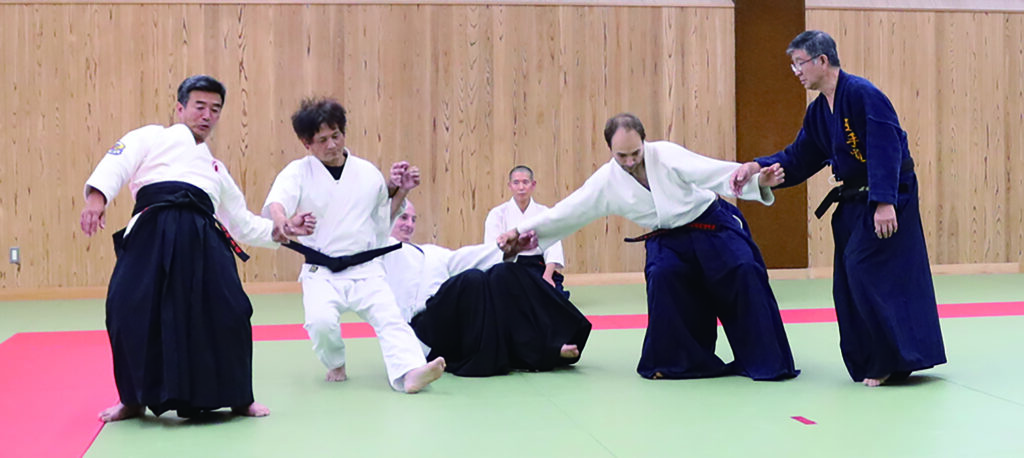
I don’t have a martial arts teacher in particular. So far I’ve been improving my skills by teaching my disciples. So, my martial arts teachers are my disciples. My disciples, not only I taught them, but I also learned a lot from them. Thanks to my disciples, I was able to continue raising my level as a martial artist. Here I would like to express my deepest gratitude to them, my Gyakute-do successor, the third Soushi, Steve van Nieuwenhuizen, Przemisław Antczak Shihan, OKABE Takehisa Shihan, FUKAI Shingo Shihan, and many other members of Gyakute-do. I am very grateful to them.
Also, since I left the Netherlands where I lived for 27 years and returned to Japan, I have been actively teaching AIKI to both my disciples and other than my disciples. I was able to get acquainted with the AIKI teachers who have the same motivation as mine and I received valuable suggestions from these teachers. Based on them, I was able to accelerate my AIKI exploration. YASUE Kunio Sensei of Kankoji Shinpo, HATAMURA Hirokazu Sensei of Kiku Jutsu, who taught me Skin AIKI, MATSUMURA Tetsuaki Sensei of Goju-ryu Karate, both are disciples of YASUE Sensei, and HIROKI Doshin Sensei of Go-do. I also would like to express my hearty gratitude to NAMBA Masayuki Sensei of Shinkage Ryu Hyoho Denshin-sha, who has given me many valuable suggestions over the years.
The end
【Web AIKI Course Part 1:Knowledge of AIKI】
Series 1「What is AIKI ?」
Series 2「Daito-ryu founded by Sokaku TAKEDA」
Series 3「Genealogy of Daito-ryu 1」
Series 4「Genealogy of Daito-ryu 2」
Series 5「Ryu-ha derived from Daito-ryu」
Series 6「How AIKI Works」
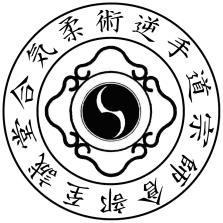 KURABE Makoto SHISEIDO
KURABE Makoto SHISEIDO
representative of AIKI JUJUTSU GYAKUTE-DO
Facebook: AIKI Jujutsu Gyakute-do
Wrote & supervised by KURABE Makoto SHISEIDO, 2nd Soushi(Grand master) of AIKI Jujutsu Gyakute-do
He was born in 1950 in Kashiwa city Chiba prefecture. Graduated PHD course of Science University of Tokyo. After learning Judo and Shito-ryu Karate-do, started learning Gyakute-do Jujutsu which was created under influence of Hakko-ryu Jujutsu and the other Ko Bujutsu. Since TANAKA Tadashi CHUSHUDO, founder of Gyakute-do, 1st Soushi, passed away and the Ryuha died out without a successor, he had started instructing Gyakute-do seriously to the local Budo fans in the Netherlands so that he can let the name Gyakute-do would not disappear. Besides, during pursuing Gyakute-do, he had discovered the theory of AIKI and had established the methods to realize AIKI and the practicing way in his original way successfully.
Time to time he often writes for the Japanese martial arts journal “Hiden”. So far he has published books “Theory of Vibration Modal Analysis”, “Story of Dutch”, “Fast learning AIKI”, etc., DVDs “How to master AIKI” etc.
Learn AIKI by a Combination of
Videos and Articles!!
» At the starting of AIKI Web Course
with Videos and Free Articles
AIKI Web Course Part 2 24 Lessons
-
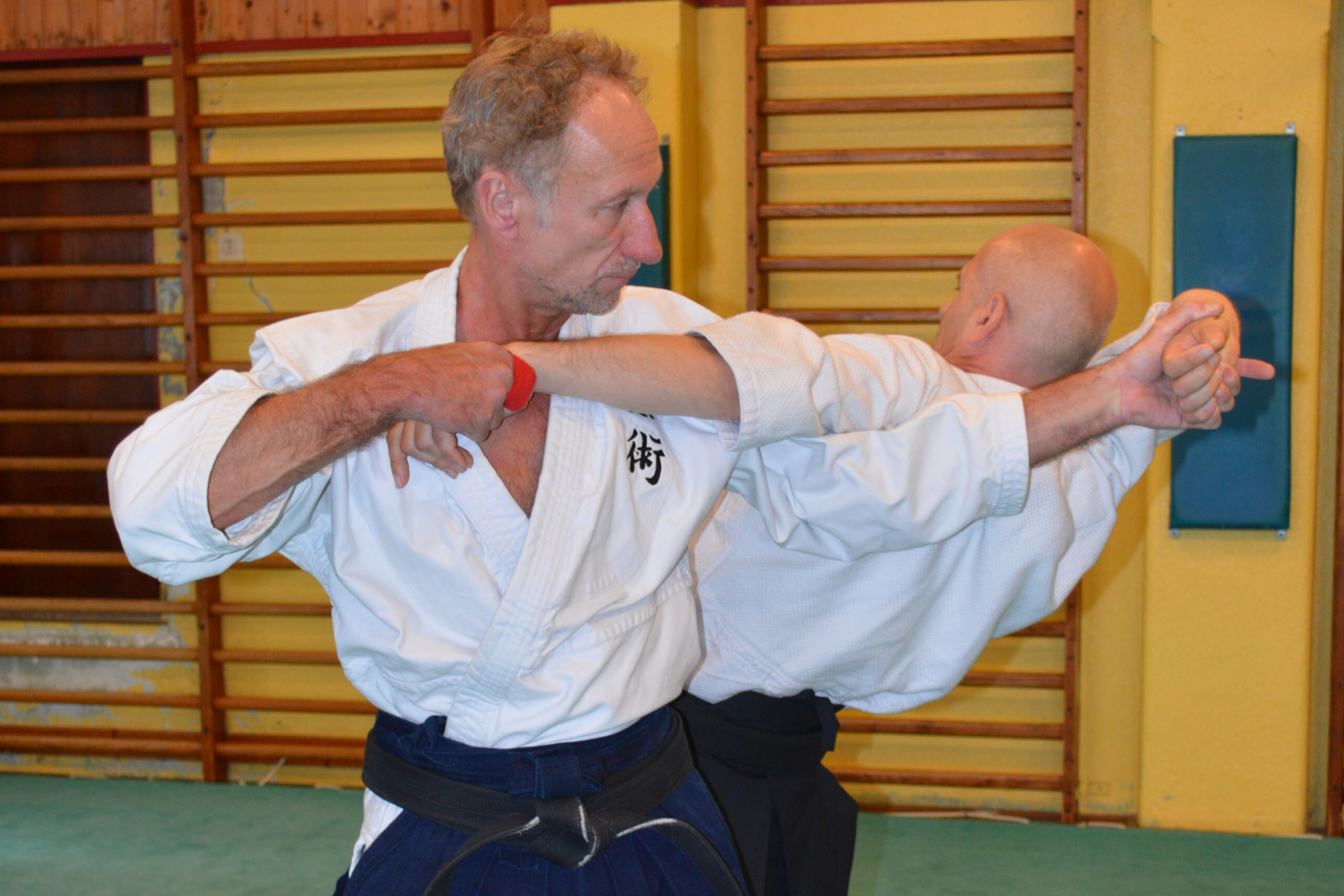
【AIKI JUJUTSU GYAKUTE-DO Series No.5】How you can learn Jujutsu properly
-
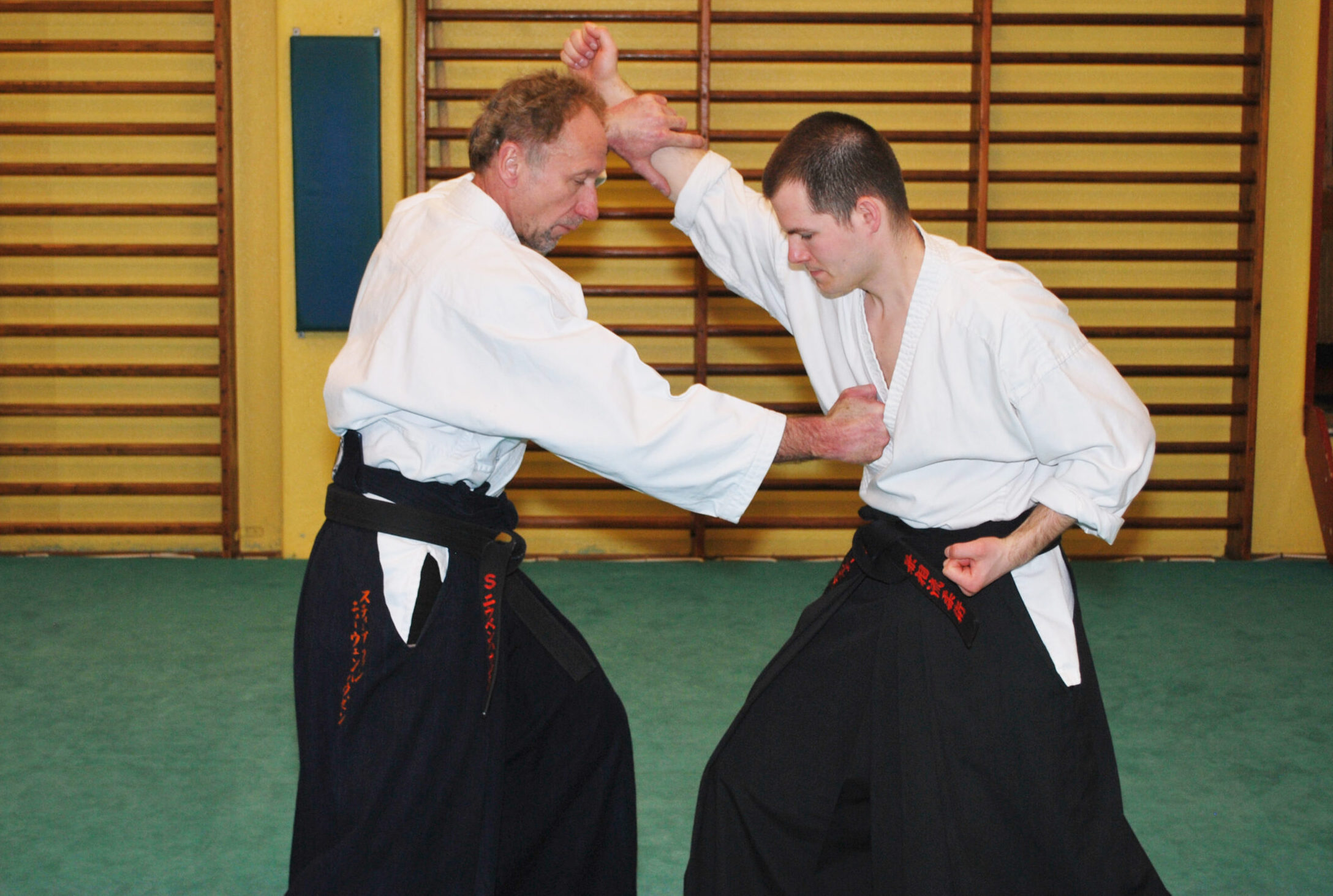
【AIKI JUJUTSU GYAKUTE-DO Series No.4】DAKEN-HO Hit and Kick KATA and AIKI
-
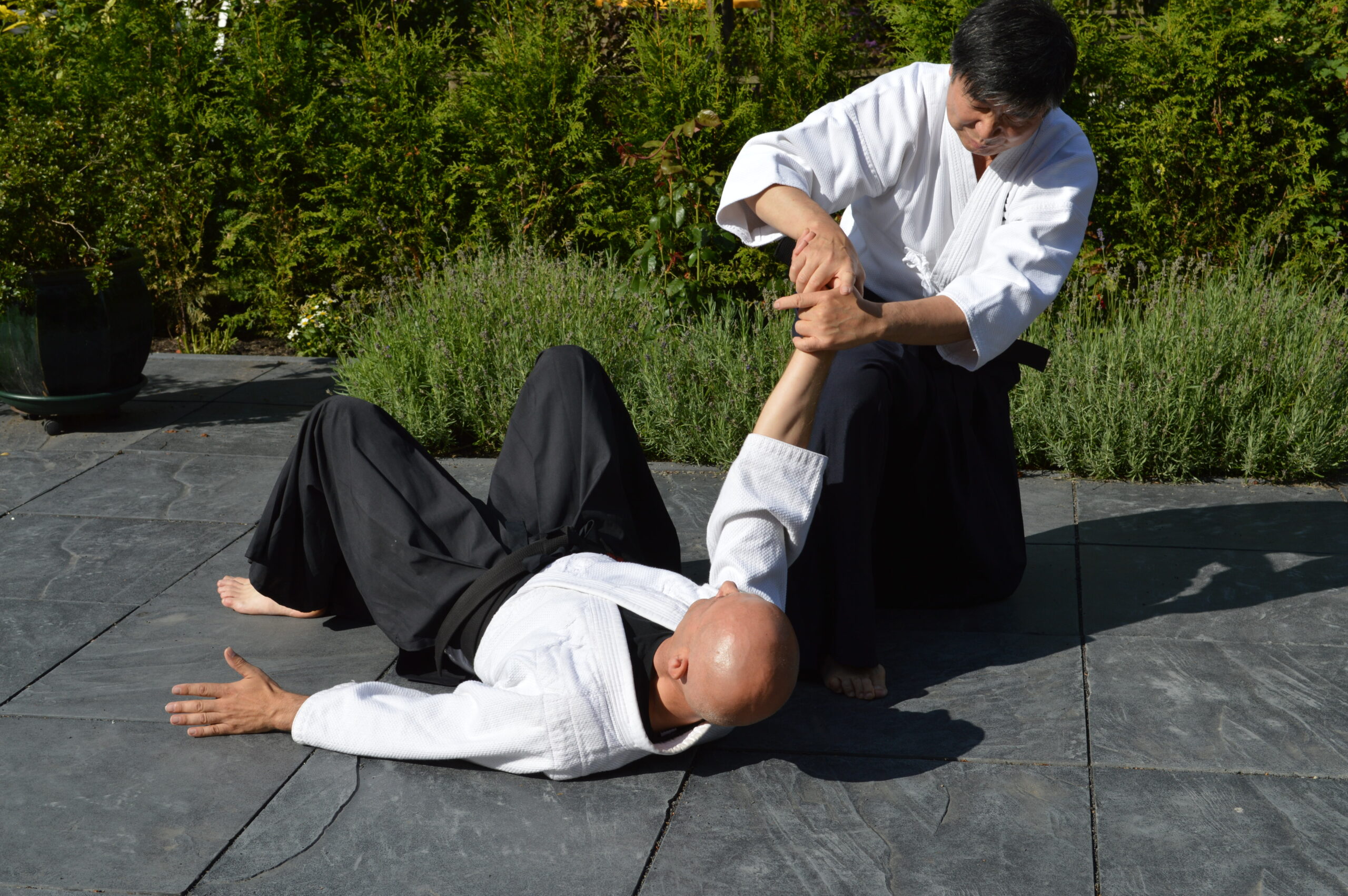
【AIKI JUJUTSU GYAKUTE-DO Series No.3】JUJUTSU WAZA, digest of FUDO
-
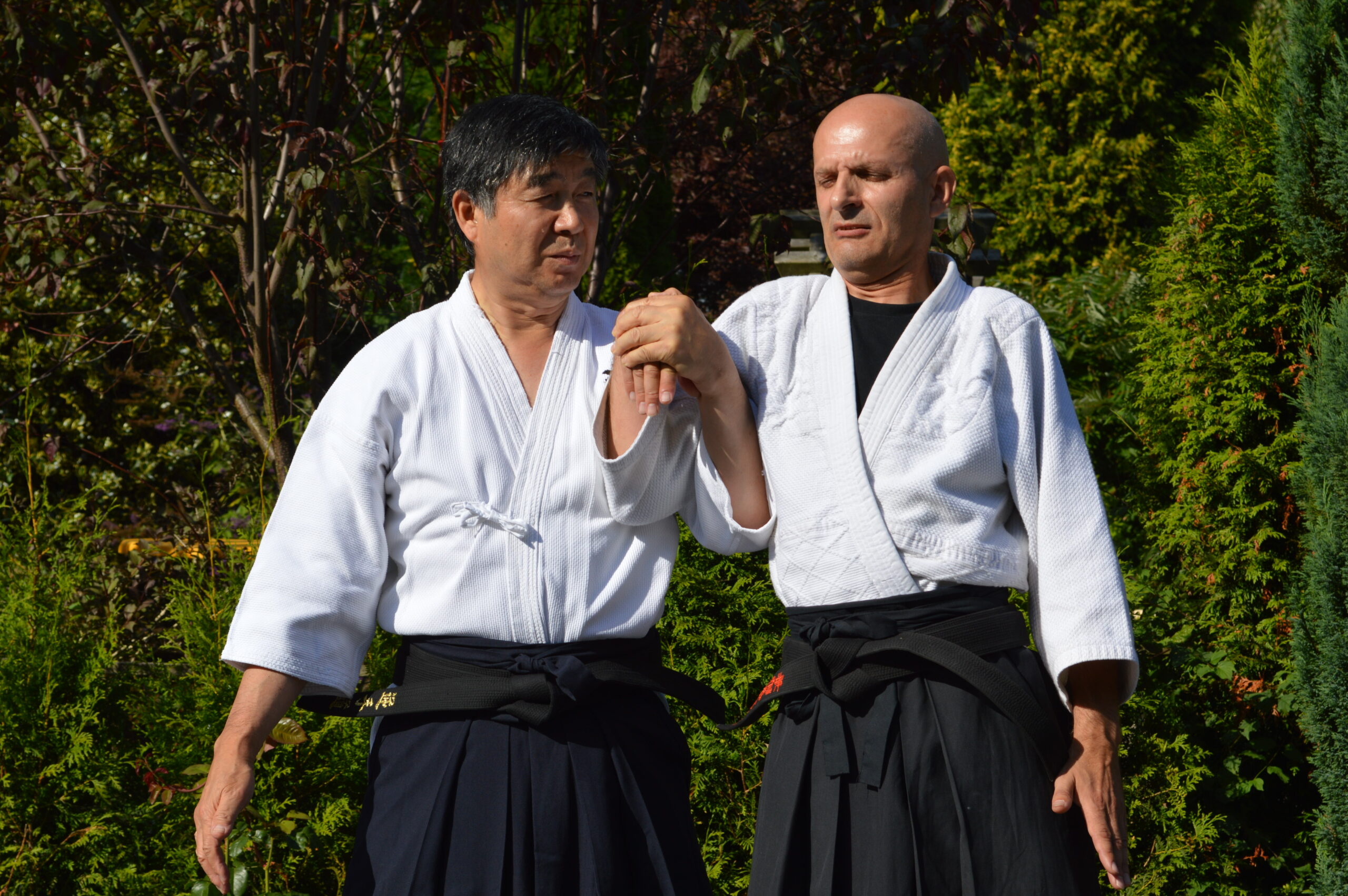
【AIKI JUJUTSU GYAKUTE-DO Series No.2】JUJUTSU WAZA, digest of NUKI, RENKO and NAGE
-

【AIKI JUJUTSU GYAKUTE-DO Series No.1】About GYAKUTE-DO and the digest of its basic techniques
-
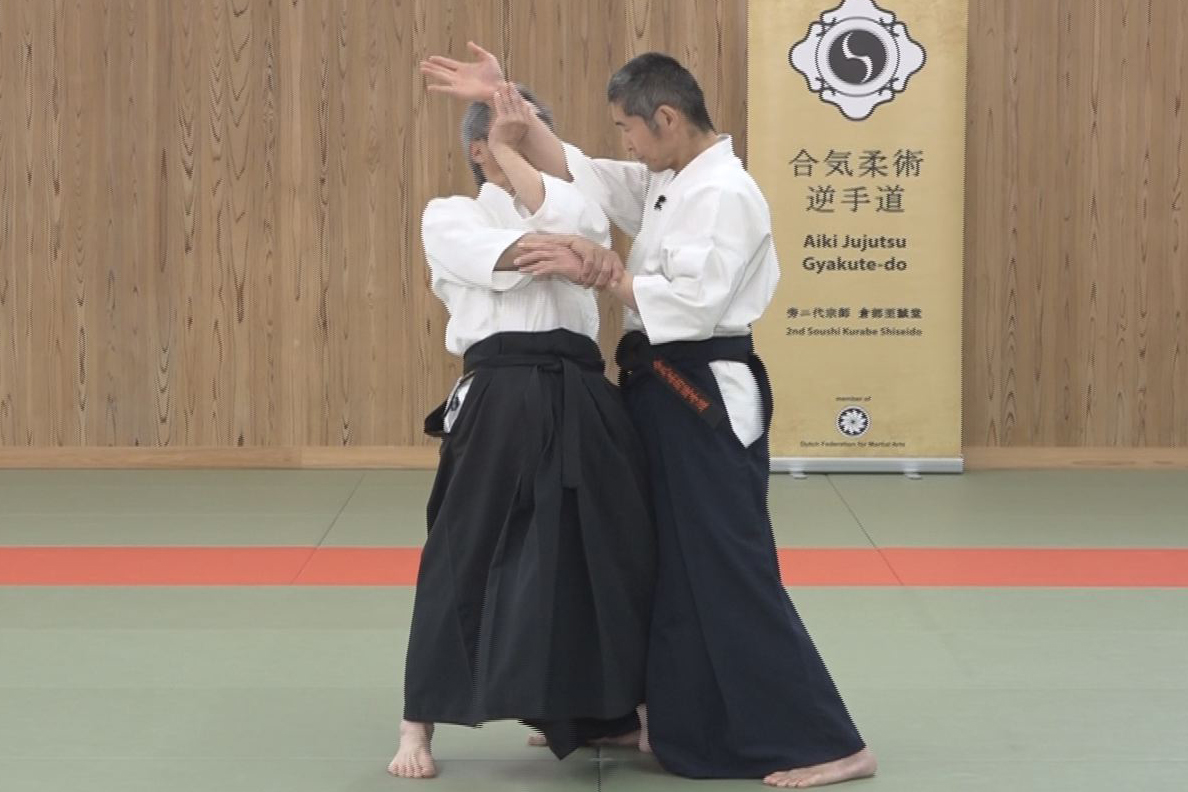
Lesson 24 With Comb. of Different Methods #2
-
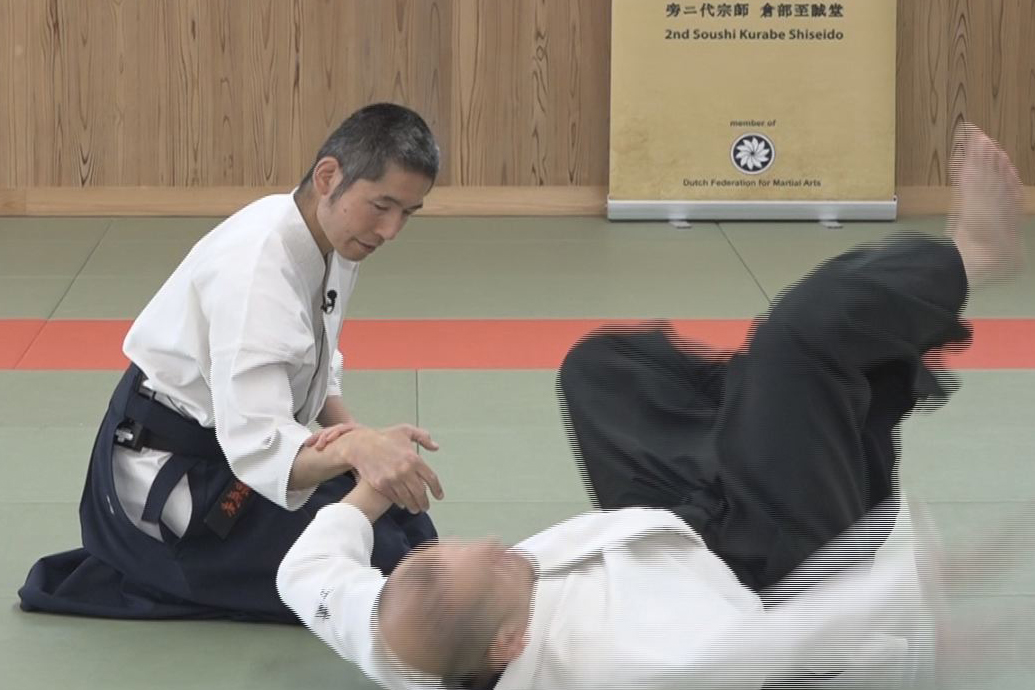
Lesson 23 With Comb. of Different Methods #1
-

Lesson 22 Advanced Tech. using F. E. method #2
-

Lesson 21 Advanced Tech. using F. E. method #1
-

Lesson 20 Advanced tech. using T. F. T. #2
-
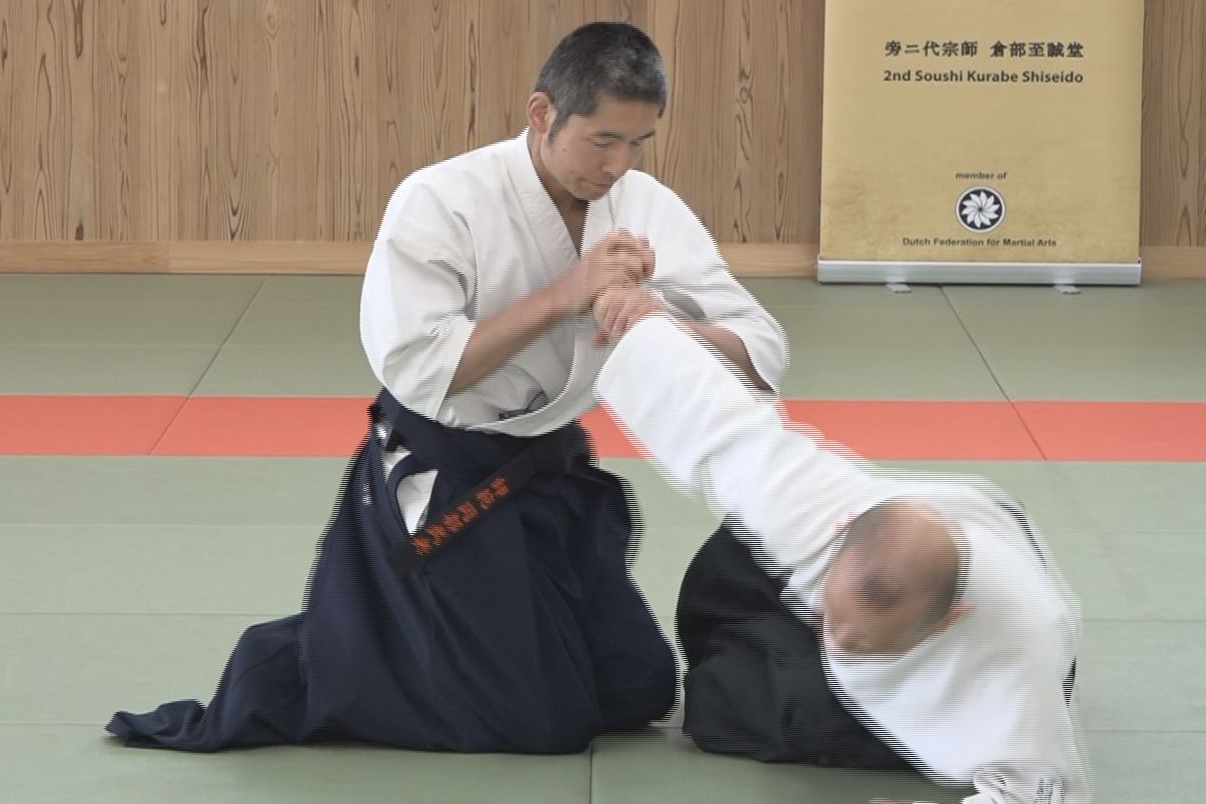
Lesson 19 Advanced tech. using T. F. T. #1
-
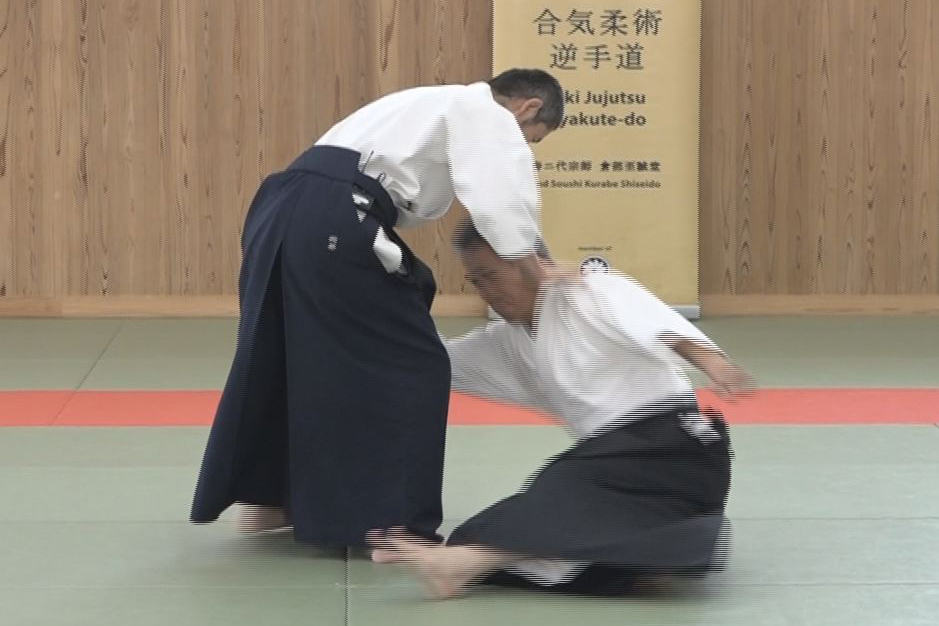
Lesson 18 Advanced tech. using AIKI Contact #2
-
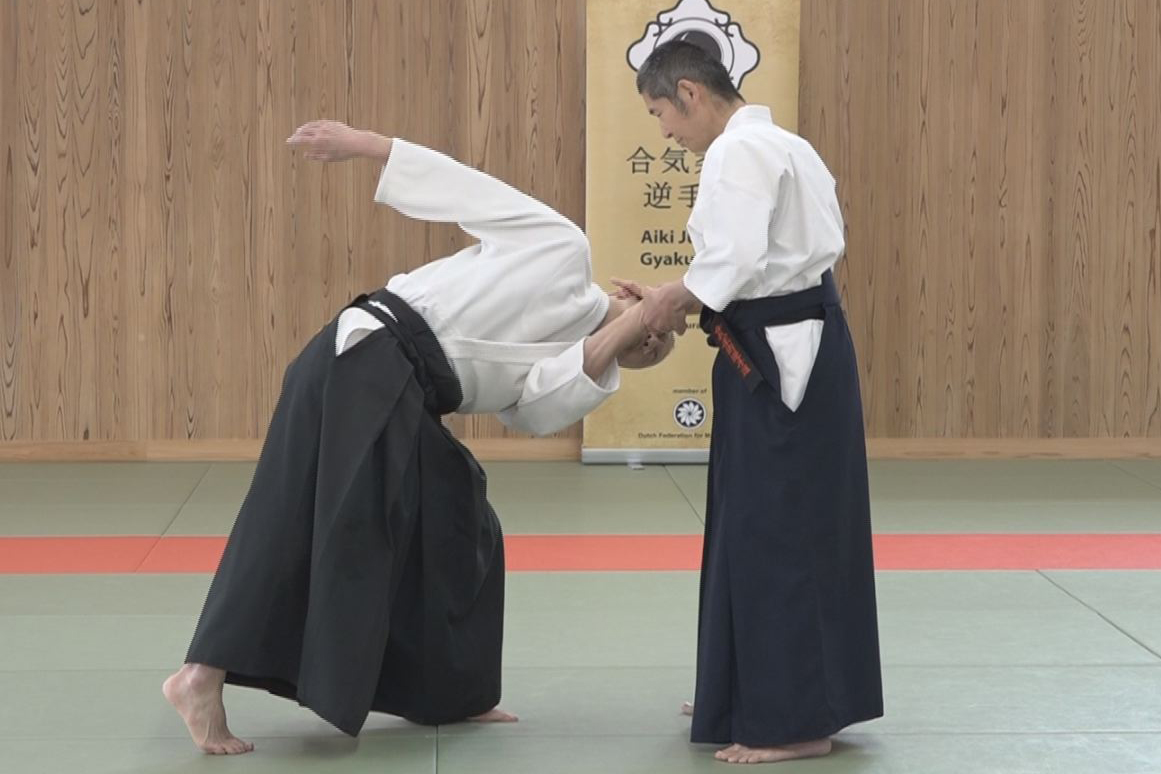
Lesson 17 Advanced tech. using AIKI Contact #1
-
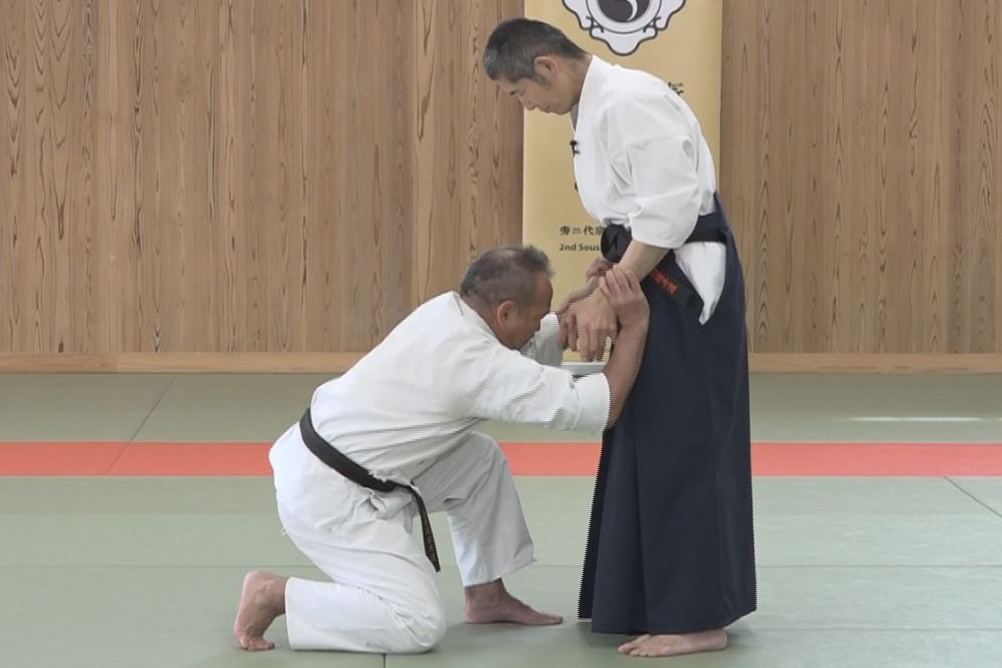
Lesson 16 Advanced tech. by Undetectable F.T. #2
-
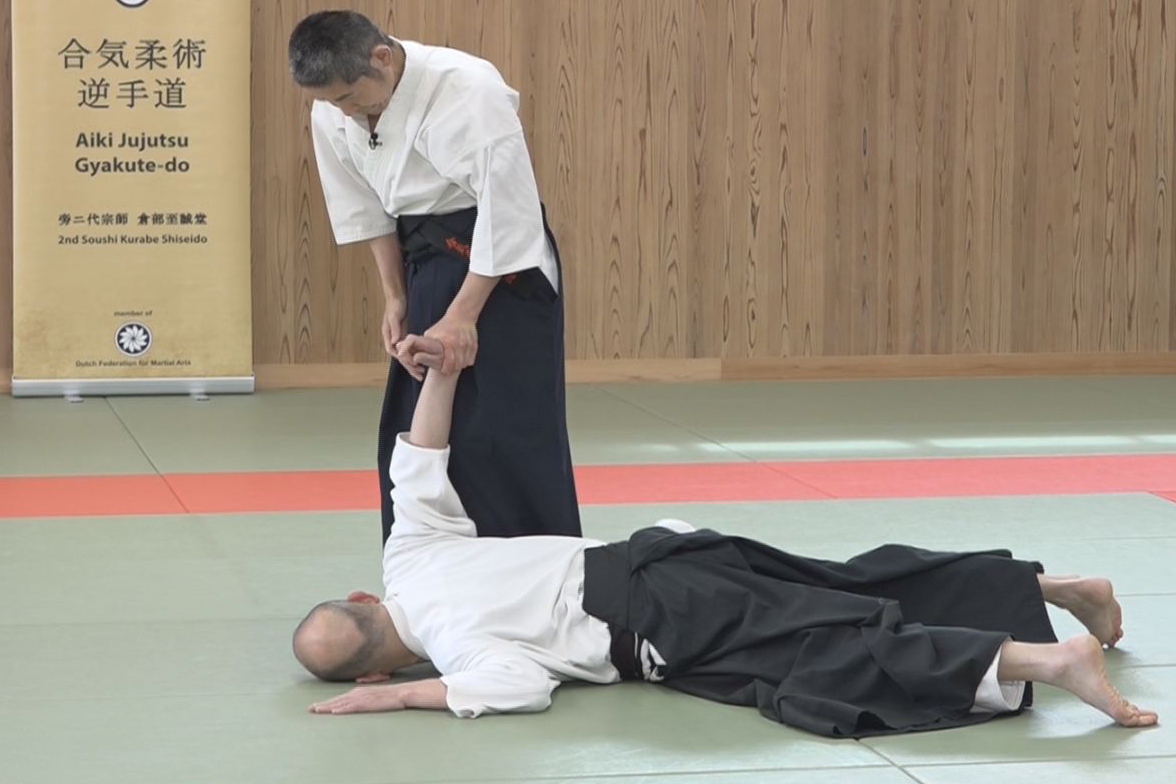
Lesson 15 - Advanced tech. by Undetectable F. T. #1
-

Lesson 14 - Advanced tech. by the Waving method #2
-
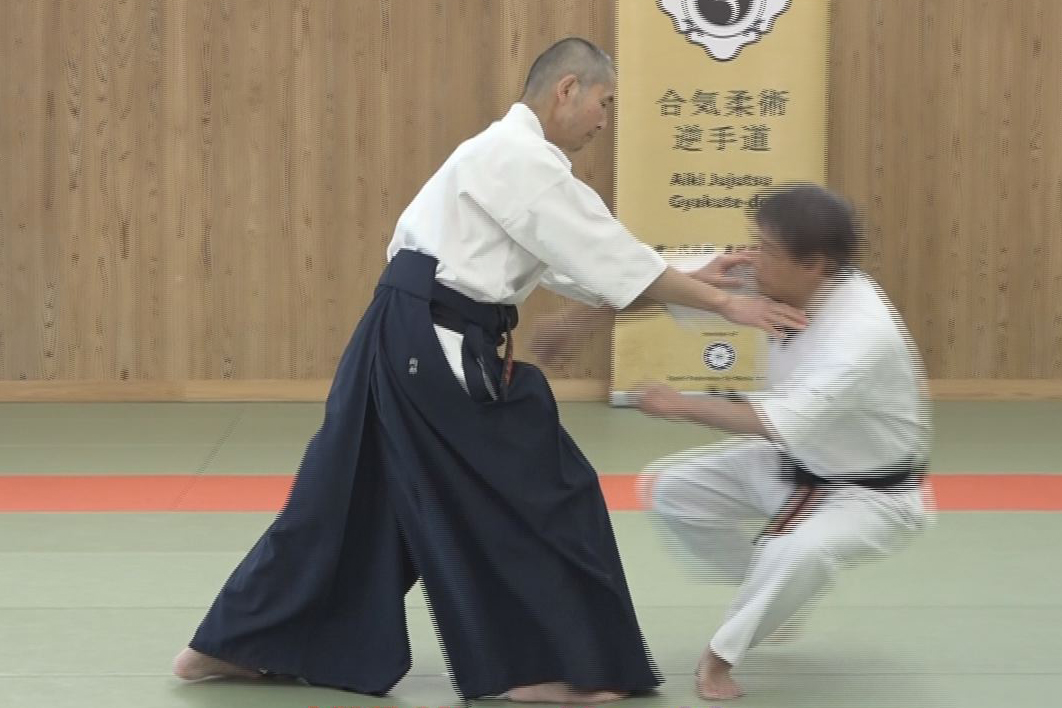
Lesson 13 - Advanced tech. by the Waving method #1
-
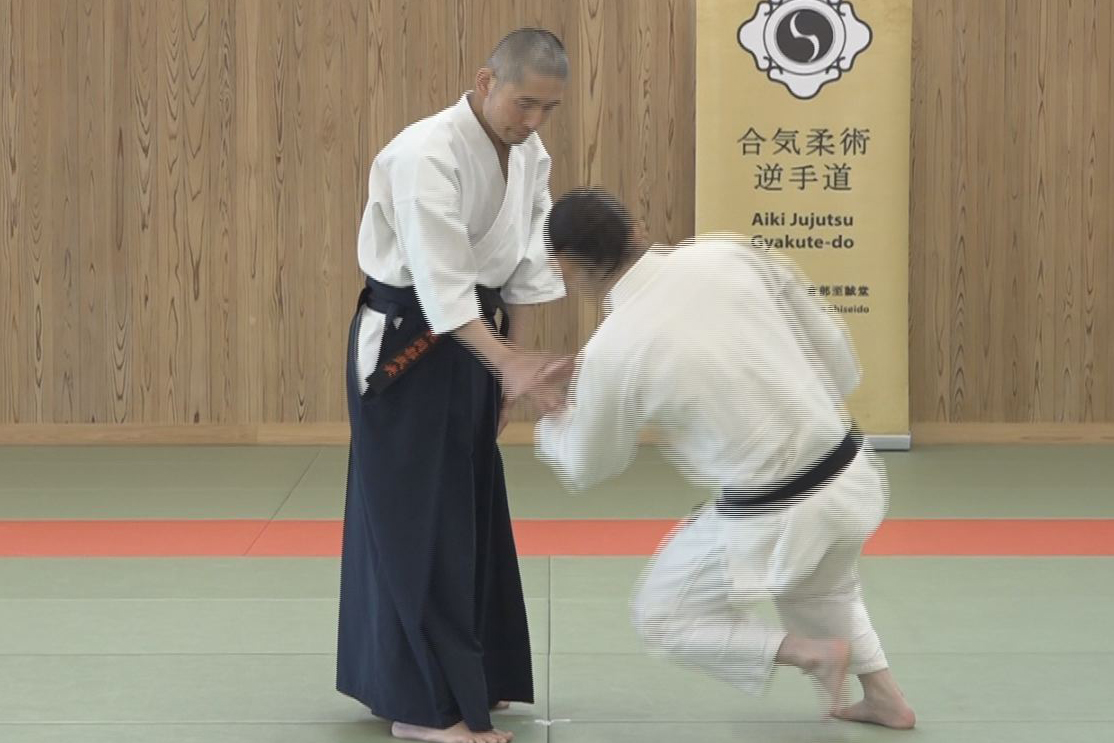
Lesson 12 - Gyaku-te by not Using Force nor AIKI
-
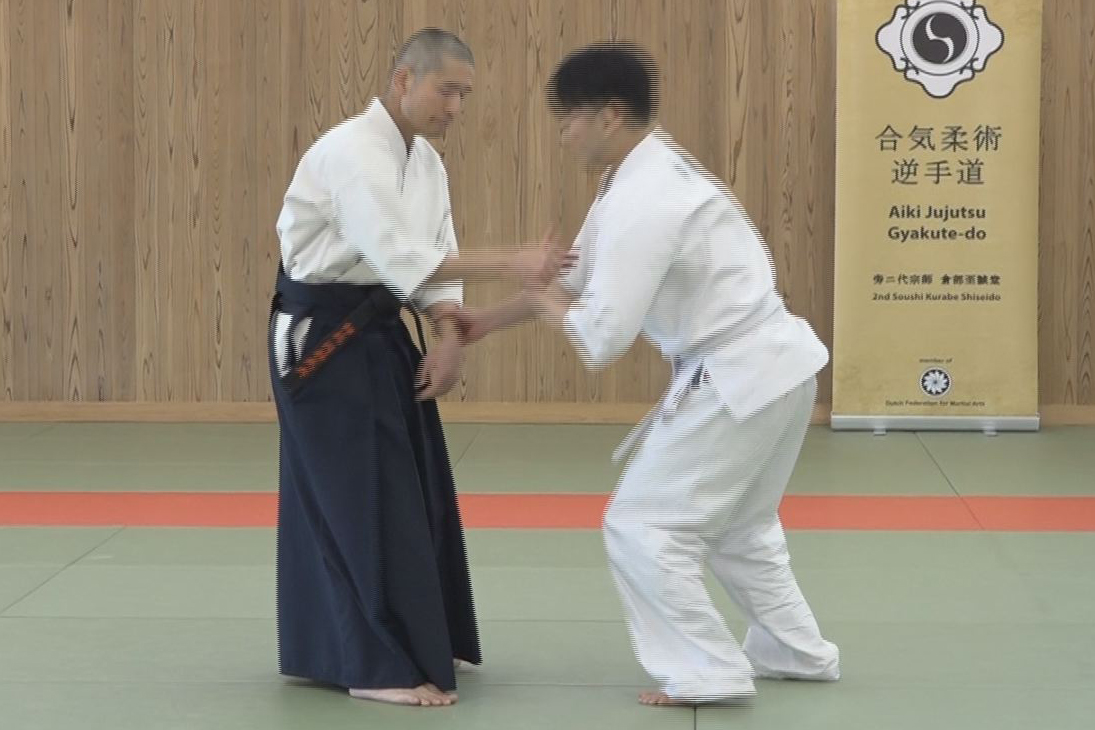
Lesson 11 - Gyaku-te Realized by the AIKI Method
-
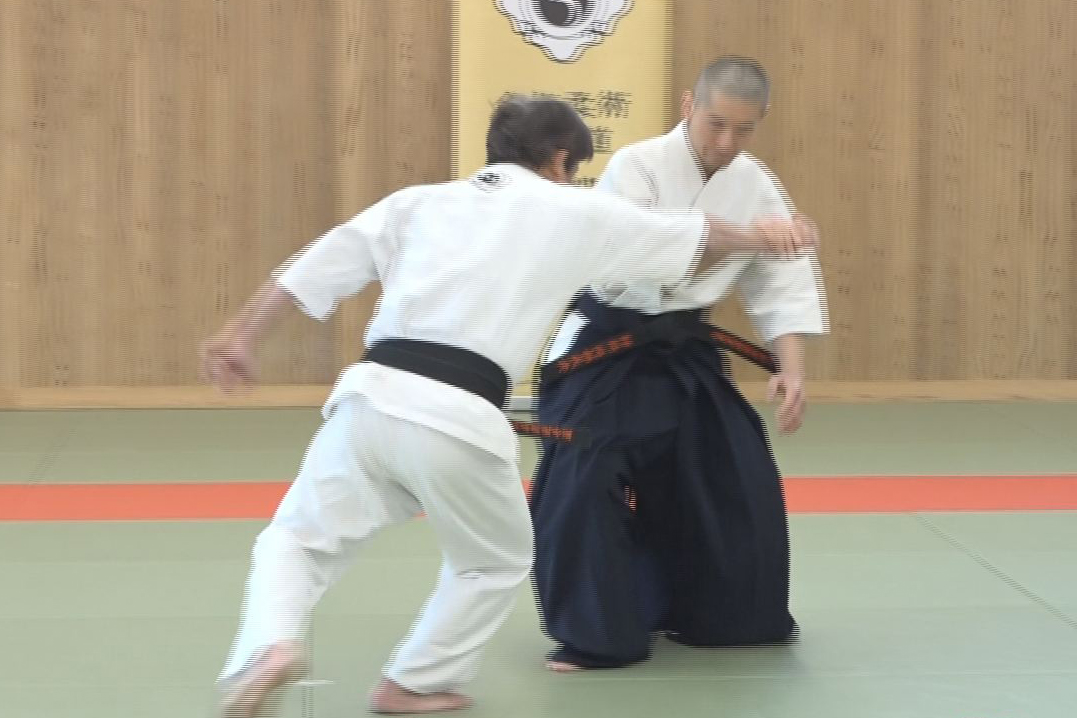
Lesson 10 - Application of Force Equilibrium method
-
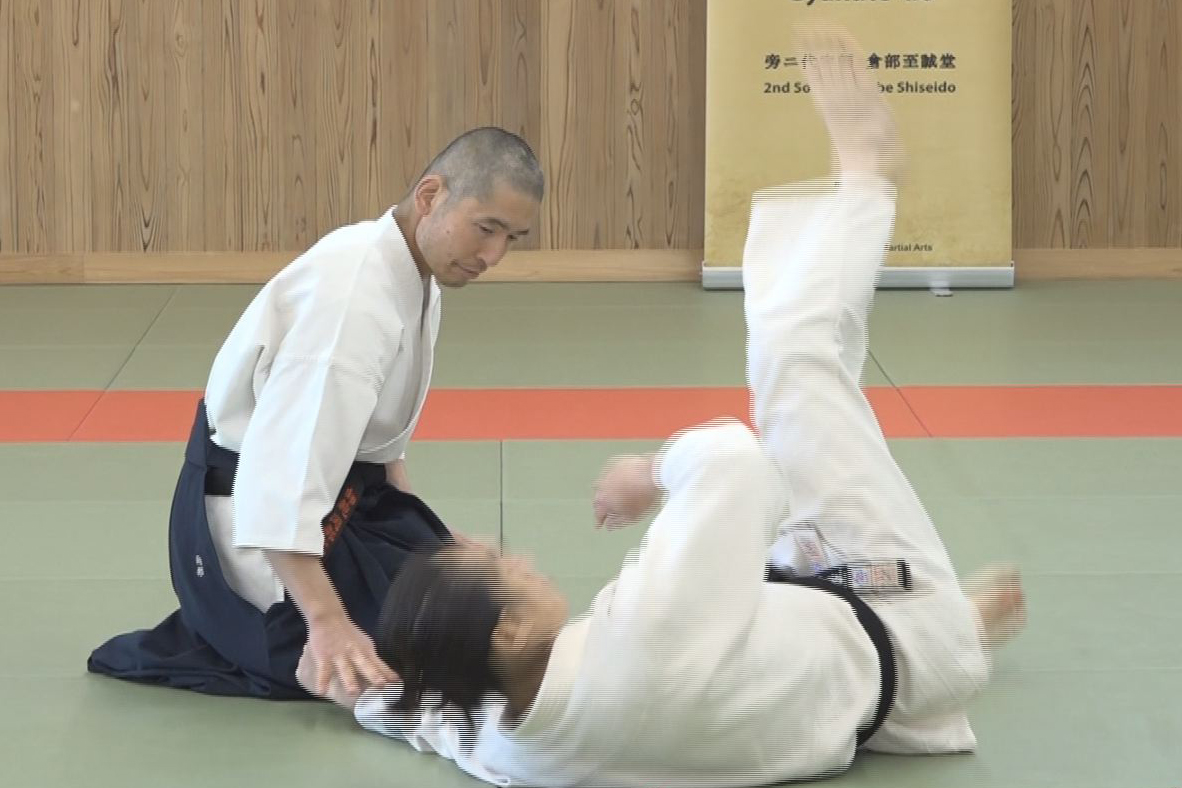
Lesson 9 - Force Equilibrium
-
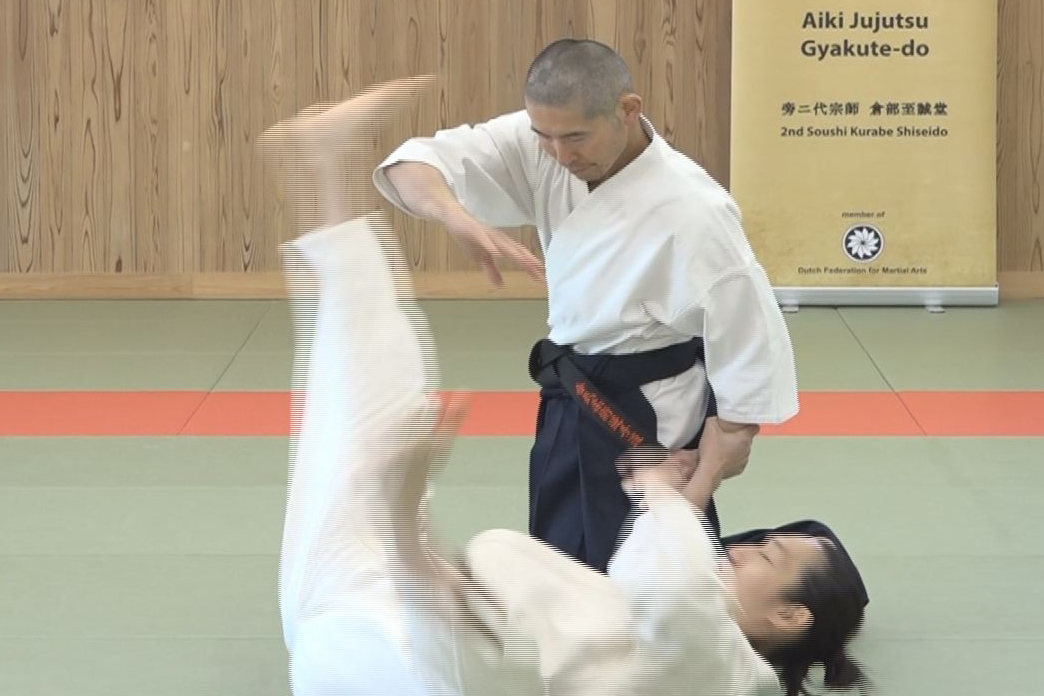
Lesson 8 - Application of Targeted Force Transfer
-
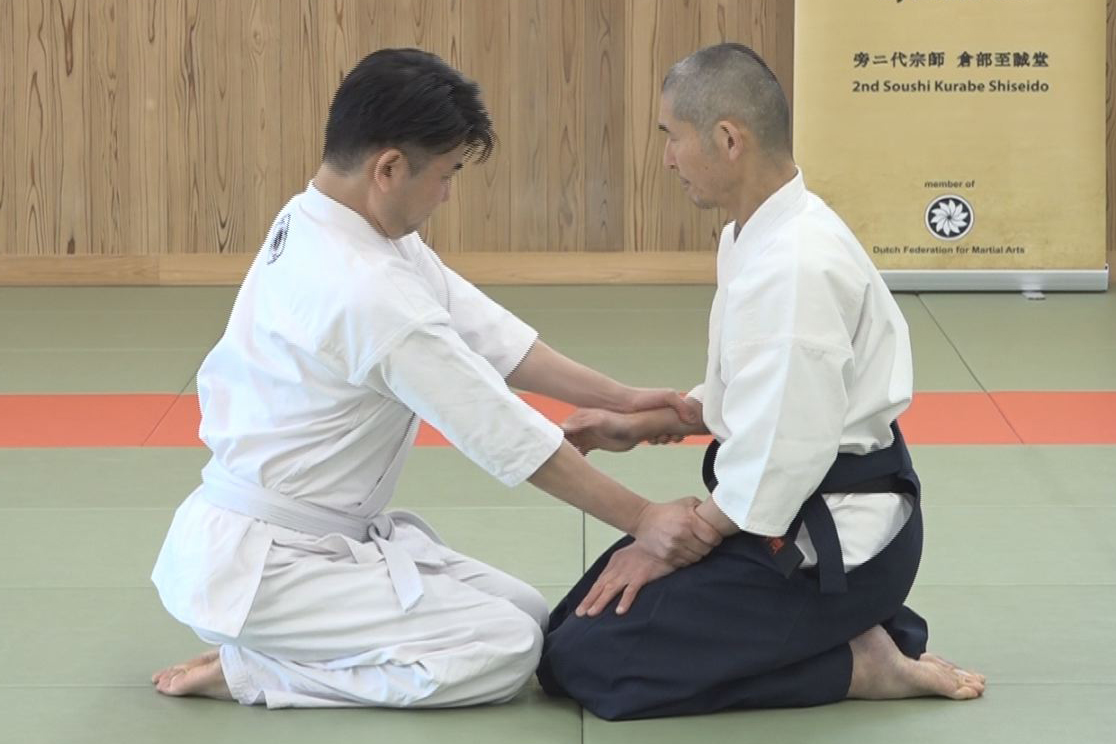
Lesson 7 - Targeted Force Transfer
-

Lesson 6 - Application of AIKI Connection
-
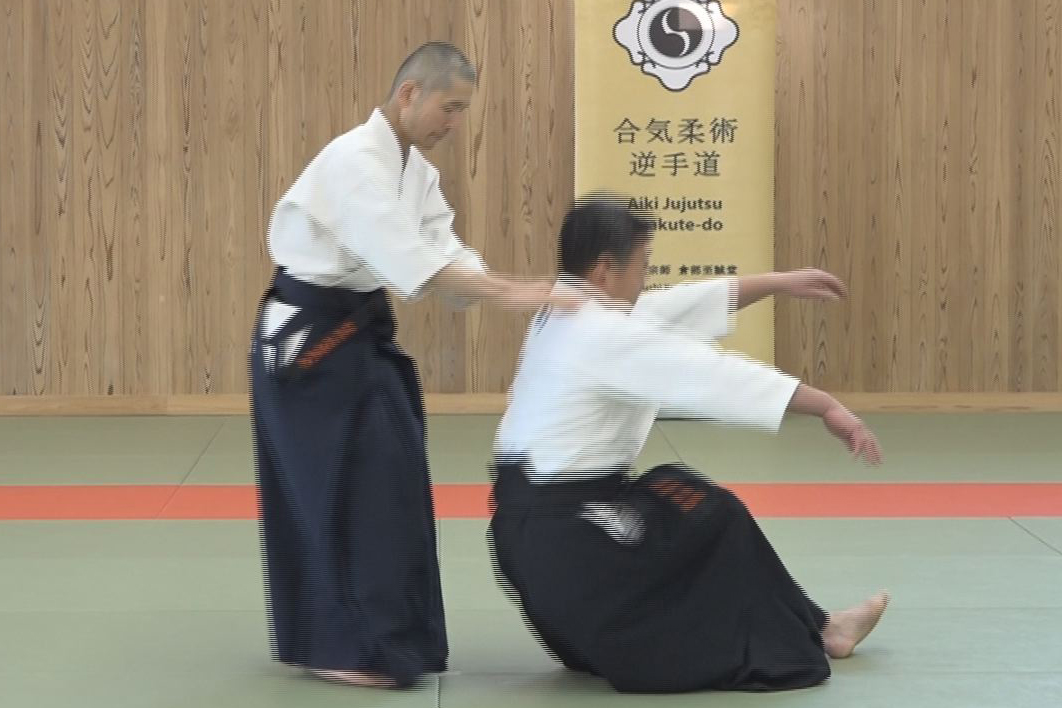
Lesson 5 - AIKI Connection
-

Lesson 4 - Application of Nondetectable Force Transfer
-
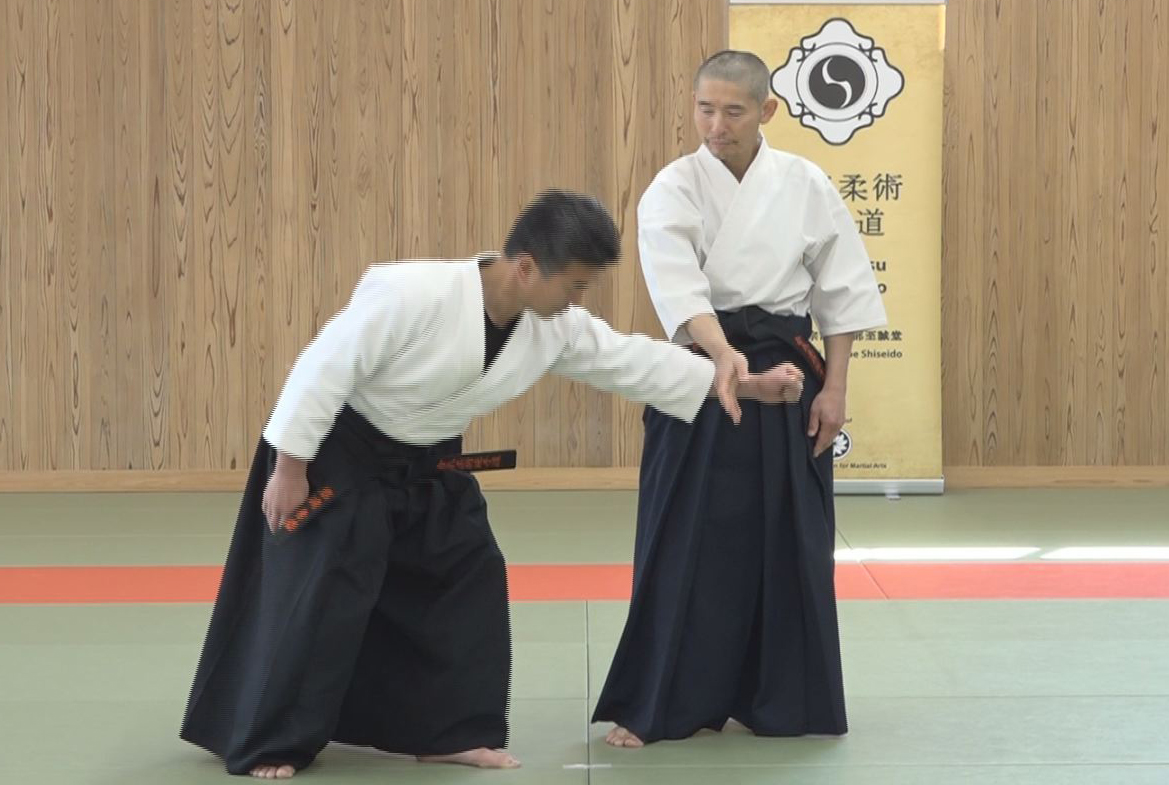
Lesson 3 - Explanation of Undetectable Force Transfer
-
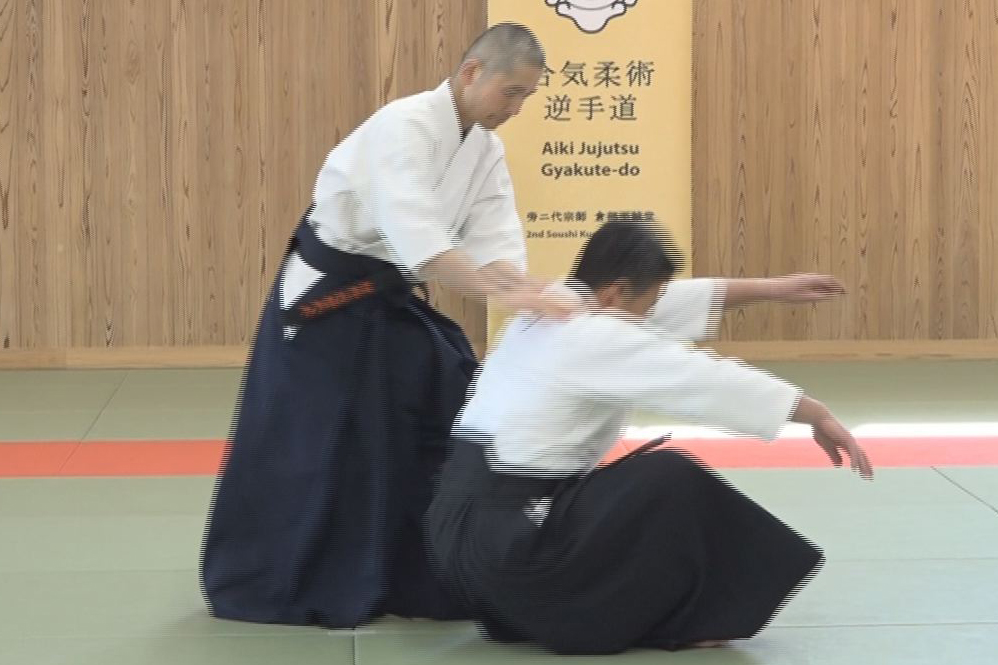
Lesson 2 - Application of Waving Method
-

Lesson 1 - The Explanation of Waving Method
-
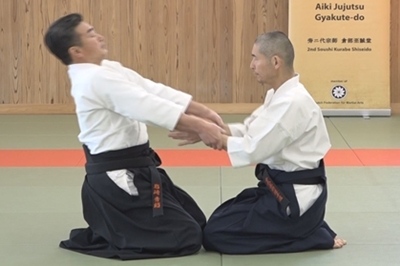
Introduction with video
and Knowledge of AIKI



